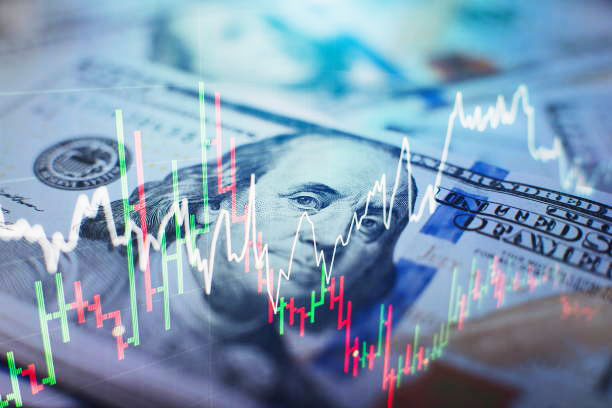US BOND WITNESSED WORST YEAR WHERAS GLOBAL BOND MARKET REMAIN BUOYANT

The US 10-year treasury bond, the global fixed income benchmark, declined roughly 16% this year and is on course for the worst year on record, as fears of inflation becoming entrenched forced the federal reserve to raise interest rates rapidly. The US Central Bank hiked its federal-funds rate by a cumulative 4.25% this year, the most since 1980, bringing borrowing costs to the highest level in 15 years. Worries that the federal reserve will hold interest rates higher for longer have also been a critical driver of those losses, with policymakers expecting the terminal level at around 5.10% in 2023 and anticipating no cuts in rates next year. The yield on the 10-year US treasury note rose to as high as 4.3% in October, a level not seen since June 2008, before bottoming at around 3.8% in December, as the narrative started to change from inflation and tightening to slowing growth and the likelihood of a policy pivot.
The yield on the UK’s 10-year gilt surpassed 3.7% at the end of December, hovering around its highest level since October 24th, from about 1.0% at the beginning of the year amid increasing bond supply and fears that the global economy might head into a severe recession due to a hawkish rhetoric from major central banks. Policymakers in the US and Europe raised interest rates by a half percentage point this month, and signaled more would follow, while the bank of Japan loosened its yield-curve control, which dictates the path of long-term interest rates. Locally, the Bank of England delivered an expected half-percentage-point increase in interest rates, the ninth in a row, but said inflation had peaked, suggesting there could be a pause in the current policy tightening next year. Recent data showed UK CPI inflation fell to 10.7% in November, from a 41-year high of 11.1% in October, but remained well above the central bank's target of 2%.
Germany's benchmark 10-year bund yield was at 2.5% at the end of 2022, close to its highest level since July of 2011, and up from about -0.1% at the beginning of the year amid fears of a severe global recession as major central banks are set to tighten monetary policy further in 2023. Yields have been also supported by expectations of increasing government funding and falling excess liquidity, as Germany’s government boosts public spending to fight the adverse impact of the energy crisis. The European central bank pledged further rate hikes to fight inflation and announced it would start reducing its €5 trillion bond holdings from march, with President Lagarde saying the central bank would need to deliver "significant" rate increases at a steady pace. Elsewhere, the fed said it would continue its monetary policy tightening campaign, even if data points to a weakening economy, while the bank of Japan said it would loosen some of its strict controls over long-term interest rates.
The yield on the Indian 10-year government bond was around 7.3% in the end of 2022, slightly below 3-year highs of 7.6% touched in Mid-June, as traders assess the outlook for inflation, interest rates and growth for next year. At the same time, investors' risk appetite diminished amid concerns over the covid situation in China and worries that major central banks around the world will continue to raise interest rates. Also, traders refrain from taking positions as the end of the year approaches and there's a lack of volume and fresh triggers. India's annual retail price inflation eased to 5.88% in November, the first month that inflation was kept within the RBI’s upper threshold of 6% since December of 2021. Still, minutes from the last monetary policy from the RBI showed policymakers remained worried about inflation and said a premature pause in monetary policy would be a costly policy error at this juncture. In 2022, the central bank raised rates by 225 basis points.
The yield on China's 10-year government bond was around 2.9% in the second half of December, after touching a 13-month high of 3% on December 12th, as investors follow the covid situation in the country and economic prospects for next year. China relaxed some zero-covid restrictions in early December but the number of infections surged with further waves expected. At the same time, government officials pledged to boost growth, revive consumption and support the private sector next year during the central economic work conference, with Beijing considering setting an economic growth target of around 5% for next year, Bloomberg reported. Overseas institutional investors dumped a net CNY 740 billion worth of Chinese bonds during the first 10 months of the year, the longest on record, as a stronger dollar and divergence between monetary policies in China and the us discouraged investors from holding Chinese assets.


